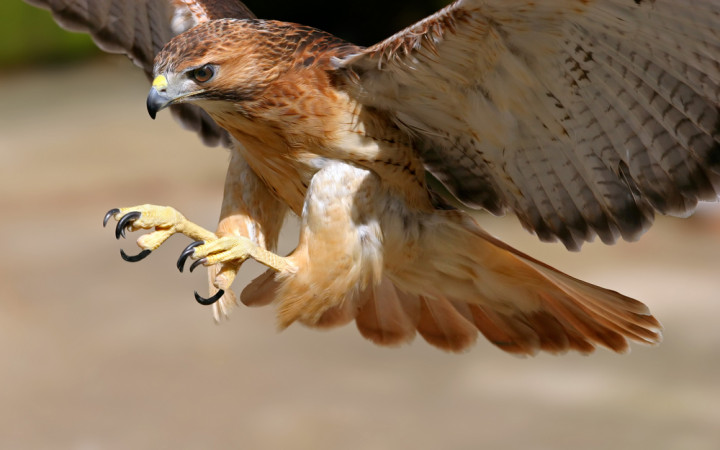In a recent study, the status of 942 bird species from all over India reflects various degrees of decline in comparison to the species that are doing well and are stable. A report was released by State of India’s Birds 2023 which focuses on the range, trend and conservation of the birds in India.
The report talks about the declining species and species that are to be put in the high ‘Conservation Priority’. The assessment is based on three indices. The first two indices are ‘abundance trend’ indices – Long term trend i.e change over 30 years are the other is current annual trend i.e annual change over the past eight years. The third index is a measure of distribution and range size within India.
Advertisement
Birdwatchers uploaded their observations on the online platform eBird and that data was largely used to assess the status of the 942 bird species in India. The report is based on 30 million field observations contributed by 30,000 birdwatchers across the country.
Out of 348 species assessed for long-term trend, 60% show a long-term decline. Out of 359 species assessed for current long-term trend, it shows 40% species are declining currently. The report mentions 204 species that have been declining in the last three decades, 178 species classified as high ‘conservation priority’. This sets an alarm for urgent policies to be made for the conservation of these species.
Comparison with India’s Birds 2020 report
There is not much improvement, out of the 101 birds categorised as High Concern (top priority)in 2020, this year 74 remain in the same category. An additional 104 species have been newly listed as high priority in 2023. Four species that were categorised as declining and of ‘High concern’ (i.e., priority) this time did not have conclusive trends. International Union for Conservation of Nature (IUCN) assessment of black-necked crane changed from ‘vulnerable’ to ‘near threatened’; the endangered Steppe Eagle, which previously did not show conclusive trends, this time showed a stable current ‘Annual trend’, resulting in a lowering of its priority.
Bright side of the report
A bright side of the report talks about the increase of Asian Koel in the last three decades. Other birds like Rock Pigeon, Ashy Prinia and Indian Peafowl are doing well and stable. The report mentions 217 species which havenot changed their habitat but whose numbers have increased in the last eight years. Indian Peafowl continues to thrive.
“In the report we have one specific case study from grasslands. At Nannaj in Maharashtra, some species are on high priority like the Great Indian Bustard whose numbers are declining in Nannaj as in other places across the country,”said Neha Sinha, coordinator of the implications and recommendation section.
Species in Red List of IUCN
Using the three indices along with the International Union for Conservation of Nature (IUCN) global red list Threatened Species 2022 ( IUCN Red List), species were classified into categories of conservation priority in India: 178 were classified as high priority, 323 as moderate priority and 441 as low priority. 14 species including Indian Roller, were recommended for IUCN Red List reassessment.
Species and accounts
In this section of the report, birds were examined within specific groupings.
1. The ecological group including diet and habitat specialization: Birds of grasslands and other open habitats, wetlands and woodlands are declining rapidly. In terms of diet, carnivores, insectivores, and granivores are declining more rapidly than omnivores or fruit and nectar–eaters.
2. The taxonomic group includes raptors, woodpeckers, ducks, large waterbirds and bustards
.











